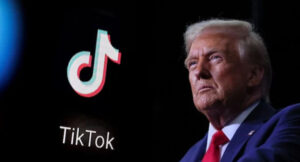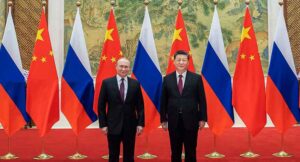According to new guidelines by the Department of Telecommunications, satellite internet services providers such as Starlink, Amazon’s Kuiper, Eutelsat OneWeb, and Jio will have to submit a yearly plan to the government showing how they will gradually increase local manufacturing of ground segments of their satellite network in the country.
The government has asked companies looking to provide satellite internet services in the country to target at least 20% indigenisation of the ground segment of their satellite network within five years of beginning commercial operations in the country.
“The licensee, in the format prescribed, will submit to the licensor a year-wise phased manufacturing programme aiming at indigenisation,” DoT said in the guidelines.
The government wants to reduce reliance on foreign technology and boost local manufacturing through this requirement. Ground segment involves gateways, antennas, terminals, etc.
The new guidelines are incorporated into Chapter XII of the Unified License (UL) Agreement for the provision of GMPCS (global mobile personal communication by satellite) service.
In a bid to tighten security norms, DoT said such companies, which acquire the GMPCS licence, would require security clearance for specific gateway or hub locations in the country.
The gateways are essential for the provision of satellite communication services as they serve as the connection point between satellites and the local telecom networks. These hubs process and route the data transmitted via satellite to users on the ground.
“Given their (gateways) critical role in handling sensitive communication traffic, securing these installations is vital to national security,” a government official said, adding that a fresh set of guidelines was required, given that many global companies are looking to enter the country.
Monitoring activity
As per the guidelines, the companies will be required to provide monitoring and lawful interception at the gateway or point of presence. This means that the government wants to ensure that these satellite service providers can help monitor and intercept communications when legally required, just like regular telecom operators.
“Essential functionalities like Lawful Interception facility, monitoring/ control facility of user terminals, user data traffic routing, control of equipment in Gateway routing data traffic, etc., of the Network Control and Monitoring Centre (or equivalent facility) shall be located in India,” DoT said in the new guidelines.
NCMC is a centralized facility used by satellite communication providers to manage, control, and monitor their satellite network operations.
Currently, the government has approved the application of Bharti Enterprises-backed Eutelsat OneWeb and Jio, whereas companies such as Elon Musk-owned Starlink, Amazon’s Kuiper and Globalstar are waiting for regulatory clearances.
The government has asked the companies to implement service restriction/ denial to any individual, group of subscribers or certain geographical areas during hostilities or under cases as informed by the law enforcement or security agencies.
“The licensees shall ensure the accuracy of geo-fencing in case of debarred areas and also reshape footprint patterns near border areas to avoid spillovers (to neighbouring territories),” DoT said.
Additionally, the government will define special monitoring zones within 50 km of international borders and along coastal areas (up to 200 nautical miles into the sea). These zones will be monitored by designated law enforcement and security agencies to keep track of user activity for national security purposes.
Data localisation
One of the key conditions which the government requires the operators to follow is the localisation of data. “The Indian user traffic shall not be routed through any Gateway/PoP (point of presence) located abroad or any space system, which is not part of satellite/constellation used for providing service,” DoT said, adding that the licensee will have to submit an undertaking that it shall not copy and decrypt the Indian telecom data outside India.
To comply with data localisation, the government wants companies to ensure that the data centre is based within India’s geographical boundary and shall make provision to provide Domain Name System (DNS) resolution within India’s boundary.
The government said that the location of its user terminals or any other sensitive information pertaining to the user shall not be visible or accessible at any location abroad.
Further, operators are asked to seek separate clearance (from a security angle) for voice and data services, fixed location services (no mobility/ limited mobility), and mobility (full)- based services.
Additionally, the operators seeking the licence are asked to submit a confirmation that no surveillance activity can be carried out with the satellite constellation.
The companies will have to ensure that websites blocked in India are also blocked through satellite internet services. They will also have to facilitate metadata collection by the Telecom Security Operation Centre (TSOC) under DoT, according to the guidelines.
Notably, the Telecom Regulatory Authority of India (Trai) is currently finalising the contours of the satellite spectrum allocation. LiveMint









